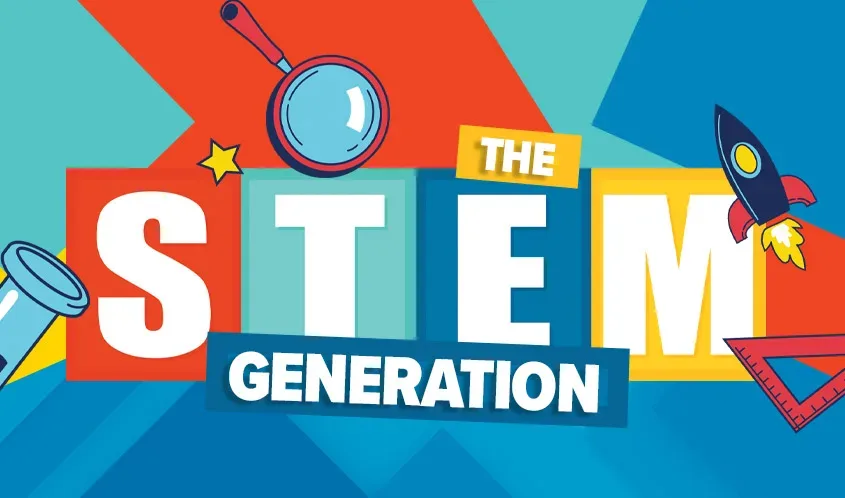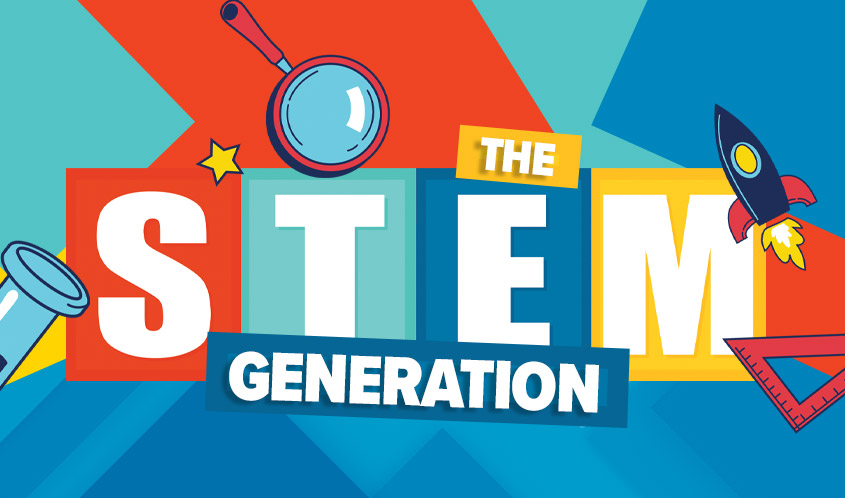
A Look at the Growth of STEM Toys and the Trends Propelling this Educational Toy Boom
STEM is trending again — and in a big way. Toys that teach kids about science, technology, engineering, and math (STEM) are finally getting their due, according to Abacus Brands CEO Steve Rad. Parents, he says, are prioritizing learning through play.
But this isn’t just talk: The data backs up Rad’s claim of a STEM upswing. According to The NPD Group, sales in the Scientific Toys category grew 5% year-to-date through September 2022 and the three-year compound annual growth rate for the category is up by 15%. Arizton Advisory and Intelligence also released a report last December predicting that the STEM toy market will grow to around $9.5 billion in revenue by 2025.
While many factors are influencing this growth, Rad gives a lot of credit to the COVID-19 pandemic for encouraging adults to seek out more engaging, enriching toys.
“Parents were forced into a pocket where they had all this bombardment at home and they were like, ‘How am I gonna weed out the noise and find what’s actually educational versus just pretending to be?’” he says. “The entire category is finally getting to a place where parents care, and they are actually looking at STEM and educational toys as way more of a, ‘Where should I put my dollars?’”
And as parents look to answer that question, there are trends emerging within the STEM category. Some reflect trends seen in the wider toy industry, while others are more specific to educational play.
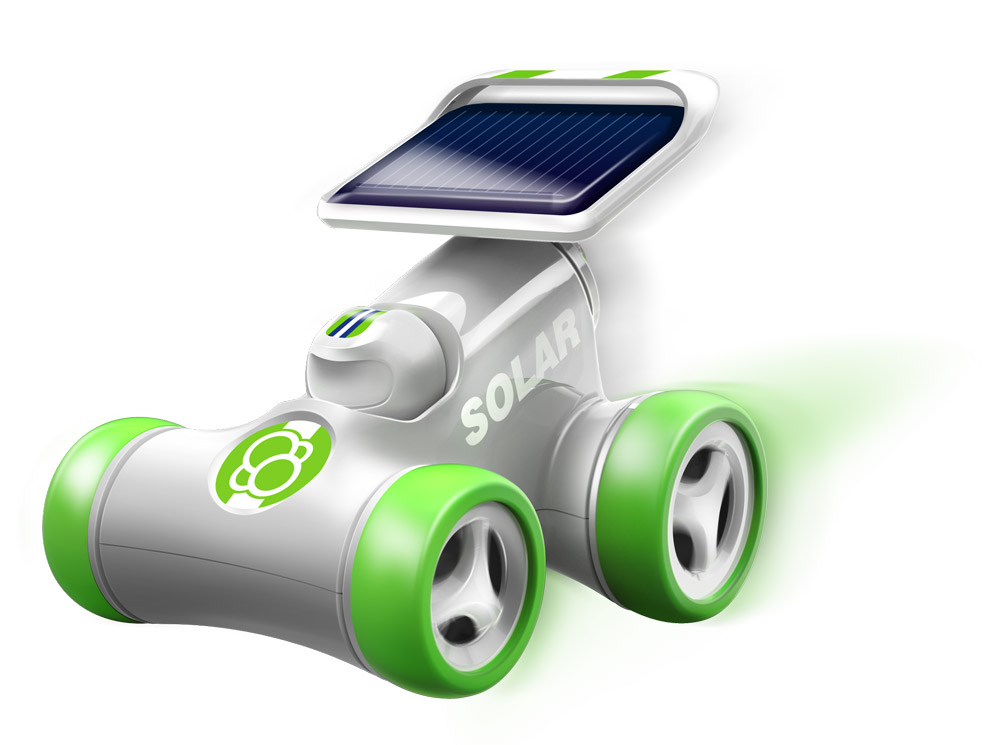
A rendering of the Solar Race Car, which will be out next year | Source: Thames & Kosmos
Science Goes Green
One common element of many current STEM toys is sustainability and environmental conservation. While this is certainly a trending theme throughout the toy aisle, it is especially at home in the STEM category, as topics like global warming and alternative energy are deeply rooted in science.
Over the past few years, Thames & Kosmos has released multiple STEM sets focused on alternative energy, including its WindBots and SolarBots kits, which kids can use to build robot models powered by the sun and wind. Next year, the company will release Solar Race Car, a kit for building a car powered by the sun. Andrew Quartin, CEO of Thames & Kosmos, says that kits like these help kids understand, apply, and become interested in trending scientific topics that will impact their future.
“Alternative energy is a major talking point these days, so we feel it’s our responsibility to provide resources for kids to understand what it is and how it relates to the well-being of our planet,” he says. “There’s no doubt that kids are hearing about alternative energy, but are they really understanding what it is and what its implications are? That’s where we come in.”
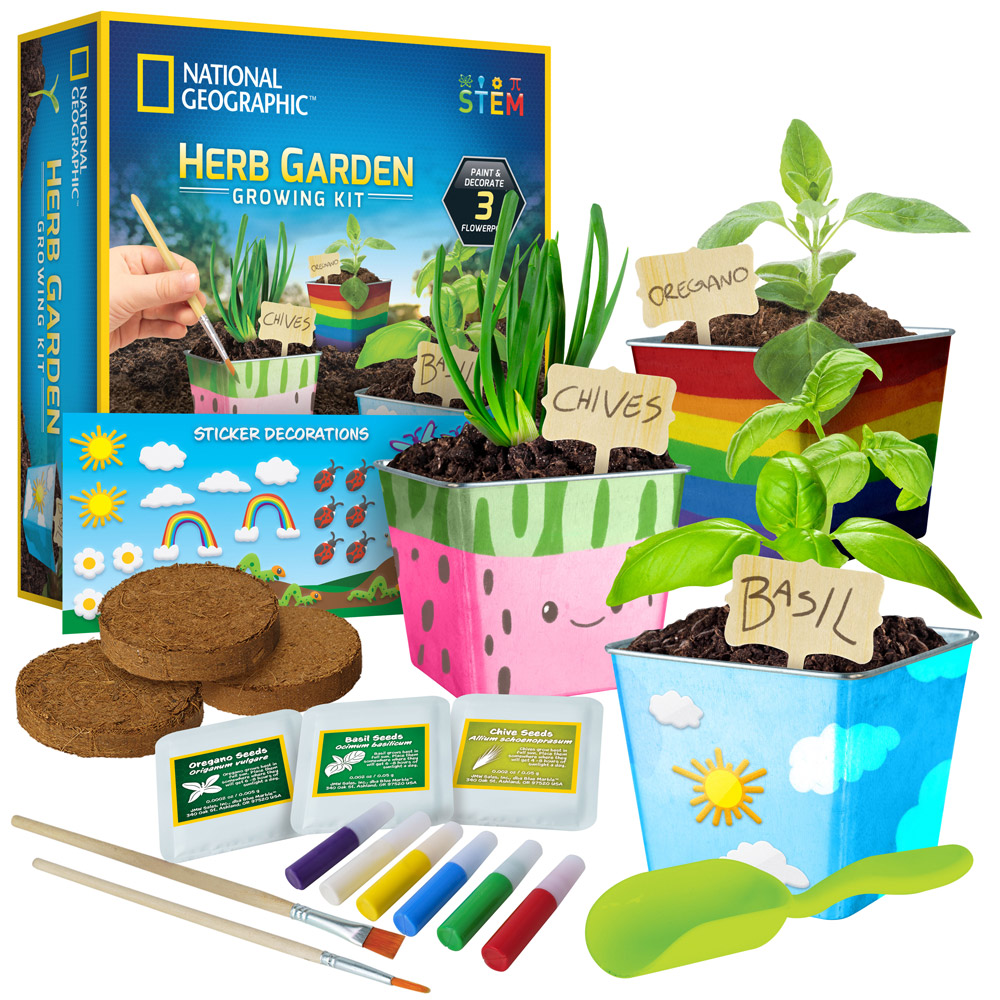
Serving Up STEM
Another industrywide trend that has found a foothold in STEM is the use of food and food-adjacent themes. In educational play, this can mean kids growing or making their own food, as is the case with Blue Marble’s National Geographic Herb Garden Growing Kit, which came out earlier this year.
The set comes with everything kids need to grow basil, chives, and oregano, including soil, seeds, and pots that kids can decorate. According to Director of Marketing Chris Loeffler, Blue Marble was specifically looking to expand into botany when developing the herb-growing kit. Growing and caring for these plants introduces skills such as measuring water volume and tracking sun exposure, but the edible element can also help kids develop healthy habits. For example, Loeffler explains, kids who grow their own herbs, fruits, or vegetables are often more willing to try new foods.
“This kit also enables us to show the basics of seed growth and how much time and effort goes into growing the produce we buy. We hope that exposure to the reality of plant and food growth encourages kids to look at the foods on their plates differently and to be empowered to ask to visit a local farm if it’s available,” he says. “Overall, the practical use of a toy like this is to further expand a kid’s desire to know more about the world around them.”
Thames & Kosmos also offers a variety of food-related STEM kits, often with a slightly sweeter approach. This includes candy science sets that teach kids to create their own treats from scratch and kits featuring pre-made treats, such as a claw machine and a gumball machine.
In these cases, Quartin says the company isn’t trying to bribe kids with candy. Instead, they are trying to find a point of accessibility or interest that may get kids excited about science and learning.
“Most kids enjoy candy or are intrigued by cooking. They may not readily admit to liking STEM subjects, however,” he says. “With our candy science kits, we’re helping them to realize that science is everywhere. Even more so, they can start to understand that, without science, the tasty bubble gum they get as a treat wouldn’t exist!”
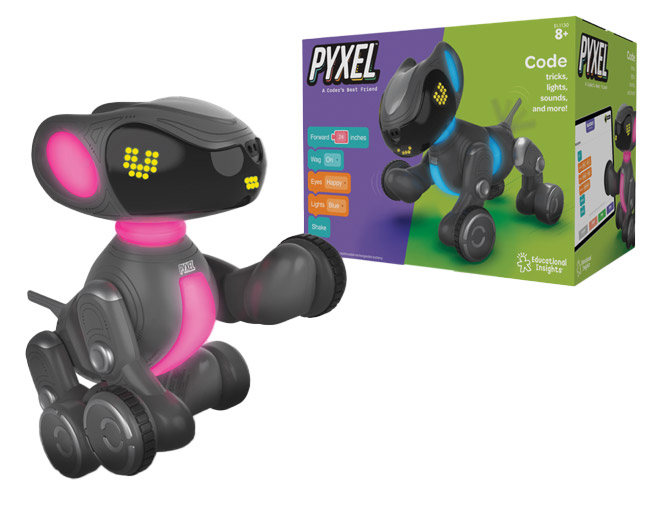
Improving the ‘T’ in STEM
Technology has, by definition, always been a part of STEM toys; however, the way technology is used in educational play continues to develop and change. A glance at new and upcoming STEM toys certainly shows plenty of advanced technology. In the coding robot space alone, there is the new RVR+ from Sphero, the upcoming Pyxel A Coder’s Best Friend electronic pet from Educational Insights, and KAI, an artificial intelligence robot from Thames & Kosmos.
As technology itself gets smarter, toy companies are also getting smarter about how they use that tech in their products. At this point, technology in toys is almost an anti-trend, as companies shift away from using technology just for the sake of it. “There was, I think, a period where it was just tech, tech, tech, tech, tech,” Rad says. “And it was just whatever, as much as you could shove down their throats to sell tech.”
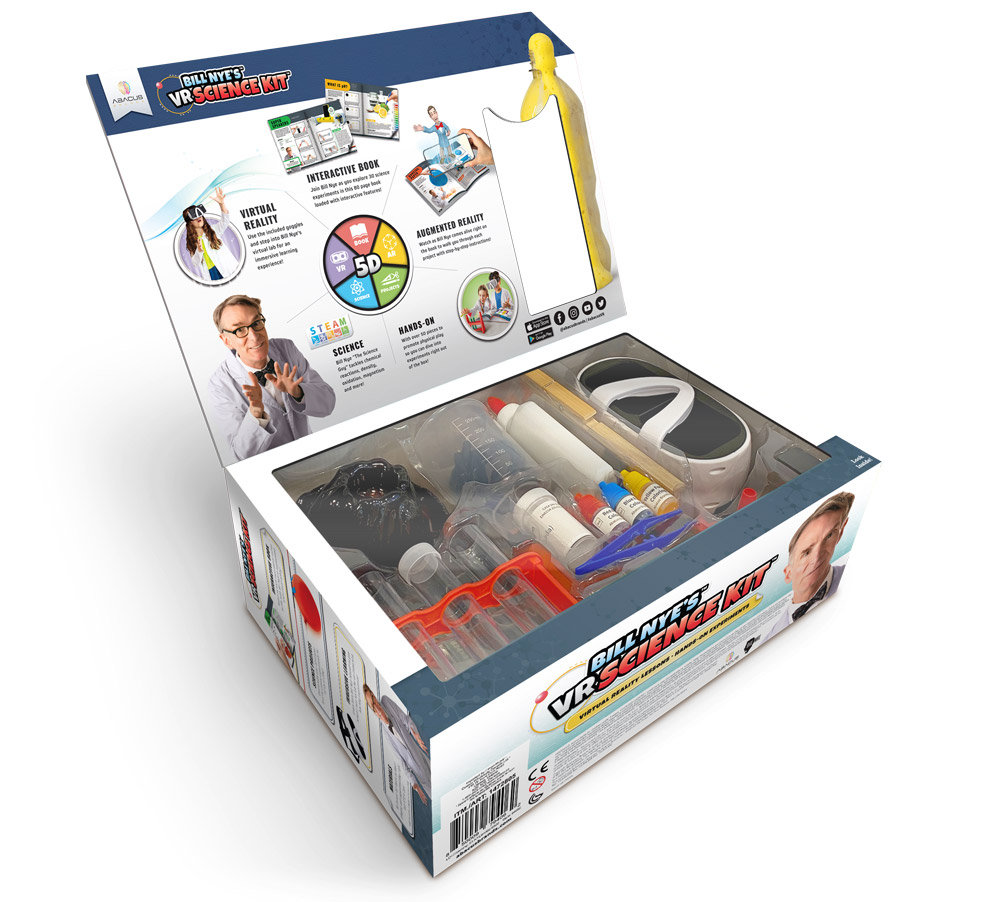
Abacus, which produces augmented reality and virtual reality (VR) science exploration sets, recently won a Toy of the Year award for its Bill Nye’s VR Science Kit, which deeply integrates technology into learning and play. Rad explains that technology can be a great way to upgrade analog educational experiences, like books, but that toy companies have to present that tech in a digestible, informative way for kids.
“Parents are starting to see all the crap out there and [they are] saying, ‘Hey, this one’s actually cool,’” he says. “‘This one actually makes sense, this one’s digestible. Whereas this other one is just bombardment, just a bunch of nonsense.’ … I think that the companies that take their time to do it correctly and use the tech as an added value are the ones that are helping that evolution.”
Keeping Kids Engaged
Overall, whether STEM toys are tricked out with tech, bringing kids in with their taste buds, or making a complex learning topic fun, many toymakers agree that getting kids engaged in science is the key.
For Blue Marble, this means getting kids’ hands on authentic specimens and conducting hands-on experiments. “Our mission is to create purposeful products that inspire a love of learning in children and empower parents to raise thoughtful, confident kids,” Loeffler says. “To achieve that mission, we lean heavily on providing kids with memorable STEM experiences they can draw on throughout their life.”
“The entire category is finally getting to a place where parents care, and they are actually looking at STEM and educational toys as way more of a, ‘Where should I put my dollars?'”
— Steve rad, abacus brands
Another option is bringing in characters and themes that kids already love and highlighting the science behind them. This is the goal of Thames & Kosmos’ new Jurassic World line, which launched this year and will expand next year. These sets take a beloved, fictional world and bring in very real paleontology skills.
In the end, the goal for STEM toys is incredibly mission-driven, perhaps more so than any other category. As Rad explains, STEM toys are not in the business of selling hundreds of thousands of units in the way that popular plush brands or under-$10 stocking stuffers are. Instead, STEM toys aim to offer a more meaningful connection.
“The volume isn’t there, but we’re gonna inspire that one kid. We’re gonna change that one life who saw the item and their path forever reignited or went in a different direction,” Rad says. “That’s what STEM is for, right? I mean, it’s a category for sure, but you’re trying to manipulate the thought process — the way a child absorbs thoughts and the way they process ideas. And it’s a very, very tall order.”
This article was originally published in the 2022 Innovation & STEM issue of The Toy Book. Click here to read the full issue! Want to receive The Toy Book in print? Click here for subscription options!

